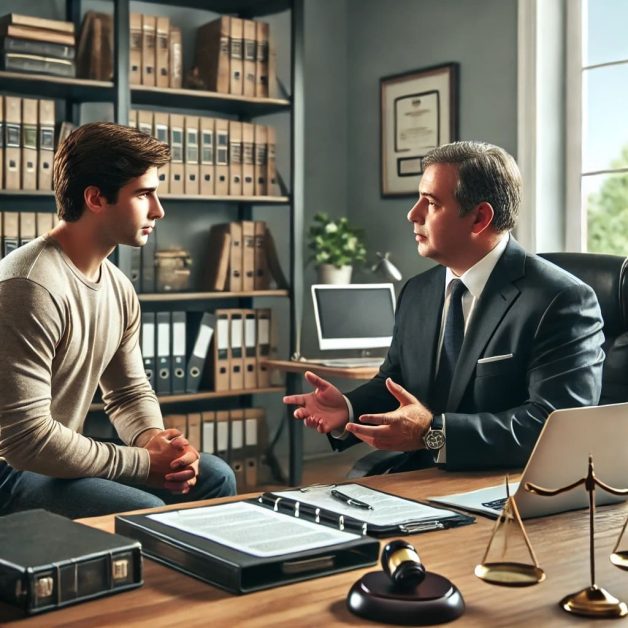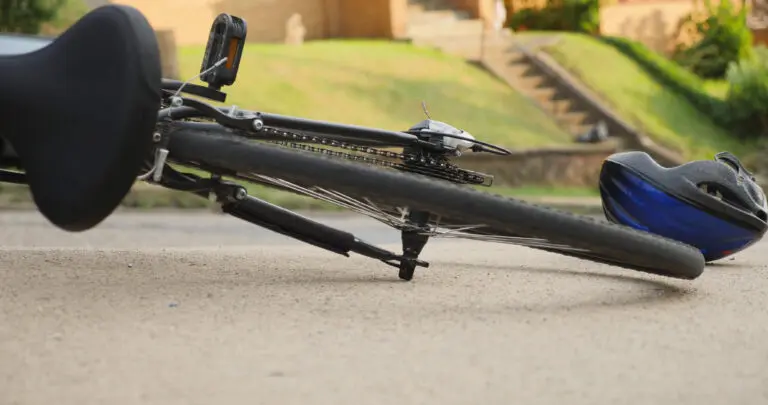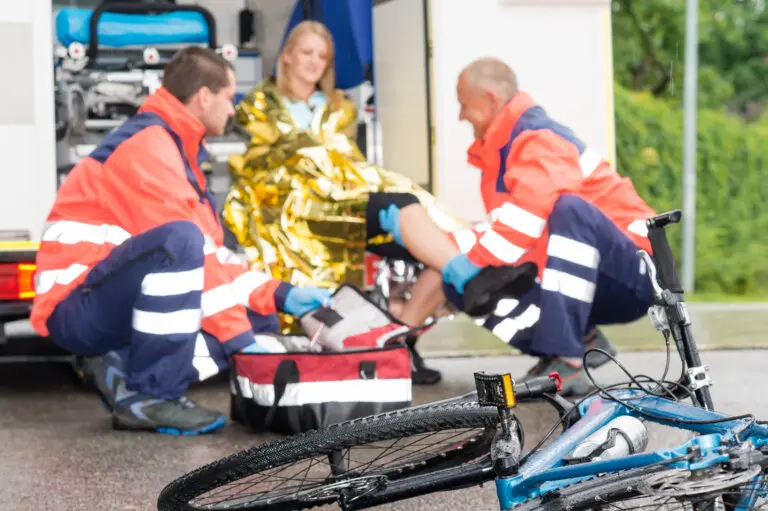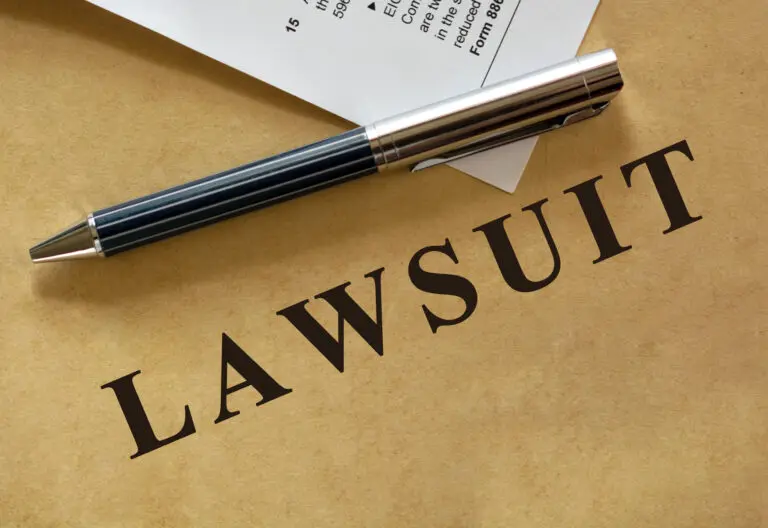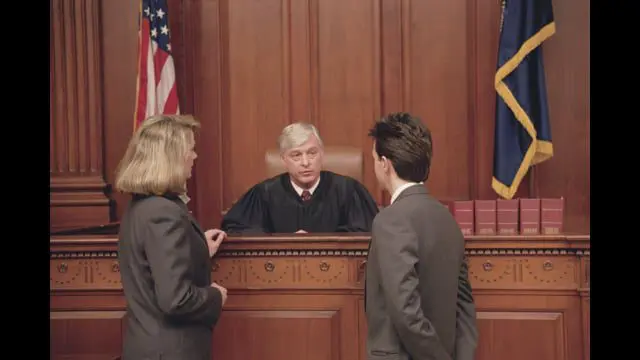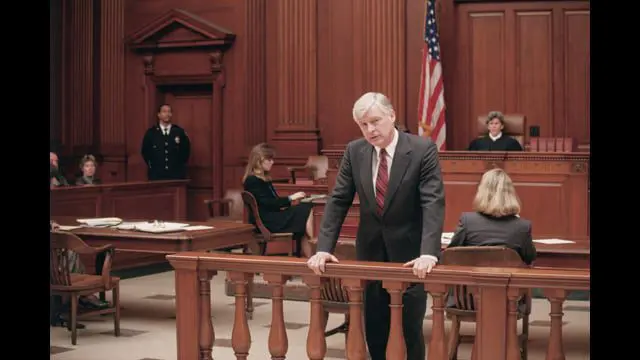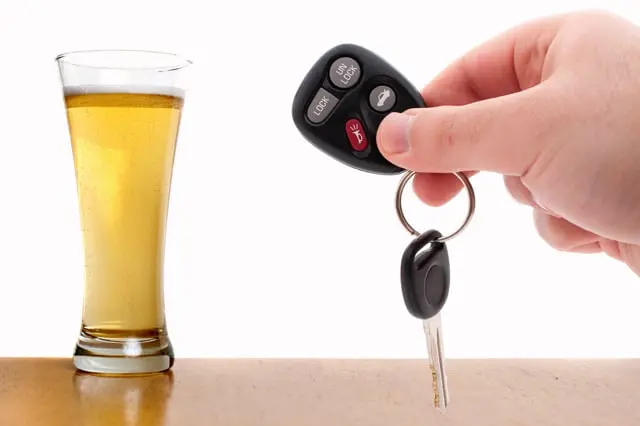Navigating the aftermath of a slip and fall accident can be overwhelming. Collecting the right evidence is crucial for building a strong case and securing the compensation you deserve. A slip and fall lawyer can guide you through the legal process, but having the right documentation from the outset can significantly bolster your claim. This article explores the types of evidence you should gather, the importance of each piece, and additional legal aspects to consider to ensure your case is as robust as possible.
Immediate Steps After a Slip and Fall Accident
Taking immediate action following a slip and fall accident is crucial. These steps can help preserve evidence and strengthen your claim.
Seek Medical Attention
Your health should be your top priority. Seeking medical attention not only ensures that you receive the necessary treatment but also provides official documentation of your injuries. Medical records can serve as critical evidence in proving the extent of your injuries and linking them to the accident. Prompt medical attention also prevents the opposing party from arguing that your injuries were not serious or that they occurred later due to other reasons.
Report the Accident
Report the accident to the property owner, manager, or another responsible party as soon as possible. Ensure that a formal report is created and request a copy for your records. This report can serve as an official account of the incident, detailing when and where it occurred, which is essential for your slip and fall lawyer. This documentation also establishes a timeline, showing that you took immediate action and helping to corroborate your account of the events.
Avoid Admitting Fault
In the immediate aftermath of an accident, it’s important to avoid admitting fault or making statements that could be interpreted as accepting responsibility. Even casual remarks like “I should have been more careful” can be used against you later. Stick to the facts when discussing the incident with property owners or medical professionals.
Photographic and Video Evidence
Visual evidence is incredibly powerful in slip and fall cases. It can help illustrate the conditions that led to your accident and provide a clear picture of the scene.
Photographs of the Scene
Take detailed photographs of the accident scene. Capture the exact location where the fall occurred, focusing on any hazardous conditions such as wet floors, uneven surfaces, or debris. Include wide shots of the area as well as close-ups of the specific hazard. These images can help your lawyer establish the cause of your fall and demonstrate negligence on the part of the property owner. Photographs should be taken from multiple angles to provide a comprehensive view of the hazard and its surroundings.
Surveillance Footage
If the accident occurred in a location with surveillance cameras, request a copy of the footage. This video evidence can provide an objective view of the incident, showing how the accident happened and the conditions at the time. If obtaining the footage proves challenging, your slip and fall lawyer can assist in securing it. Surveillance footage can be particularly compelling as it provides real-time evidence of the accident and the events leading up to it.
Witness Statements
Witness statements can provide additional perspectives on your accident. Collecting contact information and detailed accounts from witnesses can significantly strengthen your case.
Identifying Witnesses
Immediately after the accident, identify any potential witnesses. These could be other patrons, employees, or anyone else who saw the incident. Obtain their names, phone numbers, and email addresses, and ask them to provide a written account of what they saw. Witnesses can offer unbiased accounts that corroborate your version of events and help establish the conditions that led to the accident.
Importance of Witness Testimony
Witness testimony can corroborate your version of events and help establish liability. Independent accounts from third parties can lend credibility to your claim, making it harder for the opposing party to dispute your account. Witnesses may also provide details that you might have missed or were unaware of, further strengthening your case.
Medical Records and Documentation
Medical documentation is essential in proving the extent and cause of your injuries. Detailed records from healthcare providers can link your injuries directly to the accident.
Doctor’s Notes and Medical Reports
Ensure that all your medical visits are well-documented. Doctor’s notes, diagnostic reports, and treatment plans provide a comprehensive view of your injuries and the medical care you received. These documents are crucial for demonstrating the impact of the accident on your health. Detailed medical records also help establish a timeline of your treatment, showing the progression of your recovery and the ongoing nature of your injuries.
Medical Bills and Expenses
Keep detailed records of all medical expenses related to your accident. This includes hospital bills, prescriptions, physical therapy, and any other related costs. These records are vital for calculating the compensation you are entitled to for your medical expenses. Documenting all costs ensures that you can accurately present the financial impact of the accident on your life.
Employment and Income Records
Proving the financial impact of your injury is an important aspect of your slip and fall claim. Employment and income records can help demonstrate the economic losses you have suffered.
Proof of Lost Wages
If your injury has caused you to miss work, document the time you have missed and the corresponding loss of income. Pay stubs, tax returns, and employer statements can help establish the financial impact of your injury on your ability to work. This evidence is essential for demonstrating the economic harm caused by the accident.
Loss of Future Earnings
In cases where the injury has long-term effects on your ability to work, you may be entitled to compensation for future lost earnings. Documentation from medical professionals regarding your long-term prognosis and statements from vocational experts can help substantiate this aspect of your claim. Future earnings calculations may include not just lost wages, but also lost benefits and potential promotions or career advancements.
Documentation of the Hazard
Thoroughly documenting the hazard that caused your slip and fall is crucial for establishing negligence. This involves gathering as much information as possible about the dangerous condition.
Detailed Descriptions
Write a detailed description of the hazard and how it caused your fall. Include information such as the size and location of the hazard, whether it was visible, and any warning signs (or lack thereof). These details can help your slip and fall lawyer demonstrate the property owner’s negligence. The more specific and detailed your descriptions, the better they will support your claim.
Maintenance Records
If possible, obtain maintenance records for the property where the accident occurred. These records can show whether the property owner was aware of the hazard and if any efforts were made to address it. Failure to maintain safe conditions can be a strong indicator of negligence. Maintenance records might include logs of cleaning schedules, reports of previous incidents, or repair records.
Legal Aspects of Slip and Fall Claims
Understanding the legal aspects of slip and fall claims can help you navigate the process more effectively. These aspects include liability, negligence, and the role of comparative fault.
Establishing Liability
To succeed in a slip and fall claim, you must establish that the property owner is liable for your injuries. This involves proving that the owner had a duty to maintain a safe environment, that they failed in this duty, and that this failure directly caused your injuries. Liability may also extend to other parties, such as maintenance companies or contractors, depending on the specifics of your case.
Proving Negligence
Negligence is a key component of slip and fall claims. You must show that the property owner knew or should have known about the hazard and failed to take reasonable steps to fix it. This can be demonstrated through maintenance records, previous complaints, or the nature of the hazard itself. Evidence of negligence might also include testimonies from experts in safety standards and property maintenance.
Comparative Fault
In some cases, the property owner may argue that you were partially at fault for your fall. This is known as comparative fault. Understanding how comparative fault works in your jurisdiction and how it might affect your claim is important. Even if you are found partially at fault, you may still be entitled to compensation, though it might be reduced. Comparative fault laws vary by state, with some states allowing recovery even if you are mostly at fault, while others may bar recovery if you are found to be more than 50% at fault.
Importancia de la representación legal
Having experienced legal representation is crucial in slip and fall cases. A slip and fall lawyer can navigate the complexities of the legal system, gather the necessary evidence, and advocate on your behalf.
Expertise in Slip and Fall Law
Slip and fall lawyers specialize in premises liability cases and understand the nuances of these claims. Their expertise allows them to build strong cases, anticipate defenses, and negotiate effectively with insurance companies. Specialized knowledge in slip and fall law ensures that all relevant legal standards and precedents are applied to your case.
Habilidades de negociación
Negotiating with insurance companies can be challenging. Insurers often attempt to minimize payouts or deny claims altogether. A skilled slip and fall lawyer can negotiate on your behalf, ensuring that you receive fair compensation for your injuries and losses. Effective negotiation can often result in a settlement that avoids the need for a lengthy and stressful trial.
Emotional and Psychological Impact
Slip and fall accidents can have significant emotional and psychological impacts. Addressing these aspects is important for your overall well-being and can also play a role in your claim.
Emotional Distress
In addition to physical injuries, slip and fall accidents can cause emotional distress. Anxiety, depression, and other psychological issues can arise from the trauma of the accident and the stress of dealing with injuries. Documenting these impacts and seeking treatment from mental health professionals can strengthen your claim for non-economic damages. Emotional distress claims may require detailed psychological evaluations and treatment records.
Loss of Enjoyment of Life
Severe injuries can limit your ability to enjoy life as you did before the accident. This loss of enjoyment is a legitimate aspect of your claim. Providing detailed accounts of how your life has been affected and obtaining statements from family and friends can help illustrate this impact. Loss of enjoyment claims might include limitations on hobbies, recreational activities, and social interactions.
Legal Precedents and Case Law
Legal precedents and case law play a significant role in slip and fall claims. Understanding how similar cases have been handled can provide valuable insights into your claim.
Notable Slip and Fall Cases
Researching notable slip and fall cases can help you understand the factors that contributed to successful claims. These cases can provide examples of strong evidence, effective legal arguments, and the importance of thorough documentation. Studying precedents can also highlight common defenses used by property owners and how they were overcome.
Utilizing Case Law
Su slip and fall lawyer can reference relevant case law to support your claim. Citing previous cases with similar circumstances can strengthen your arguments and demonstrate how the law has been applied in comparable situations. This strategy can also show the court that your claim aligns with established legal principles and precedents.
Settlement vs. Trial
Deciding whether to settle your slip and fall claim or proceed to trial is a significant decision. Understanding the pros and cons of each option can help you make an informed choice.
Benefits of Settling
Settling a claim can provide a quicker resolution and avoid the uncertainties of a trial. It can also reduce legal costs and provide you with compensation sooner. However, settlements may involve accepting a lower amount than what you might receive from a successful trial. Settlements often include confidentiality agreements and a waiver of future claims, so it’s important to understand all terms before agreeing.
Going to Trial
If a fair settlement cannot be reached, going to trial may be necessary. Trials involve presenting your case before a judge or jury, who will decide the outcome. While trials can result in higher compensation, they also come with risks, including the potential for losing the case and the stress of a prolonged legal process. Preparing for trial requires thorough preparation, including depositions, expert testimony, and detailed evidence presentation.
Long-Term Implications of Slip and Fall Injuries
The long-term implications of slip and fall injuries can be severe, affecting various aspects of your life. Understanding these implications can help you and your lawyer build a comprehensive case.
Chronic Pain and Rehabilitation
Many slip and fall injuries result in chronic pain and require long-term rehabilitation. Documenting your ongoing medical needs, treatment plans, and any limitations on your daily activities is essential for demonstrating the full impact of your injuries.
Impact on Quality of Life
Severe injuries can significantly impact your quality of life. You may be unable to participate in activities you once enjoyed, perform household tasks, or engage in social interactions. Providing detailed accounts of these limitations can help illustrate the non-economic damages you have suffered.
Working with a Slip and Fall Lawyer
Working with a slip and fall lawyer involves a collaborative effort to build a strong case. Your lawyer will guide you through the legal process, ensuring that all necessary evidence is collected and presented effectively.
Initial Consultation
During the initial consultation, your lawyer will assess the details of your case, explain your legal options, and outline the steps involved in pursuing a claim. This meeting is an opportunity to ask questions, discuss your concerns, and establish a plan of action.
Comunicación permanente
Maintaining open and regular communication with your lawyer is crucial. Your lawyer will provide updates on the progress of your case, answer any questions you may have, and keep you informed about important developments. This ongoing communication ensures that you remain engaged and informed throughout the legal process.
Conclusión
Collecting the right evidence for your slip and fall lawyer is crucial for building a strong case and securing the compensation you deserve. From medical records and witness statements to photographs and maintenance records, each piece of evidence plays a vital role in proving your claim. Understanding the legal aspects, the importance of legal representation, and the potential emotional impacts can further strengthen your case. With the right preparation and support, you can navigate the complexities of a slip and fall claim and achieve a favorable outcome.
Attorneys.Media Video Document References
- Is Personal Injury Part of Your Law Practice?
- As an Attorney, How Are You Generating Content for Your Online Presence?
- How Can You Help Potential New Clients Get Their Questions Answered?
- How Do You Differentiate Yourself When Someone Looks Online for Help?
- How Do You Differentiate Yourself as a Criminal Defense Attorney?
- Have You Been Thinking About Video Marketing for Your Law Firm?
- Should Attorneys Use Video Marketing to Attract New Clients?
- What Do Potential Clients See When They Research Your Name Online?
- Cómo puede ayudarle Attorneys.Media

